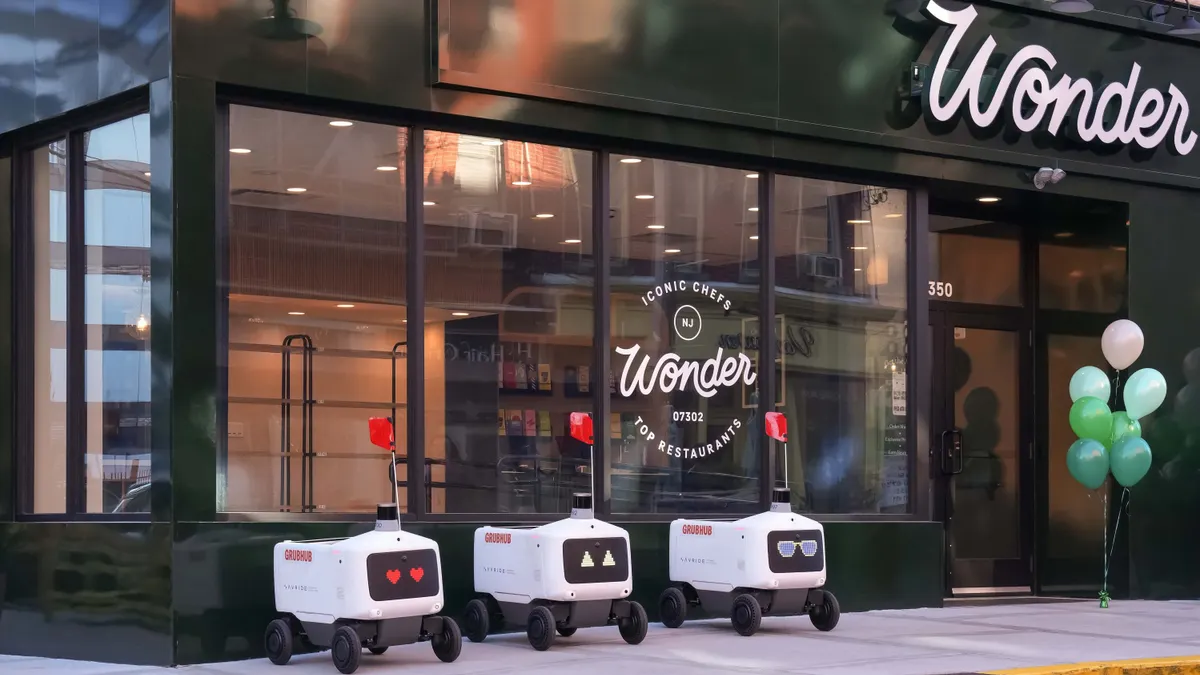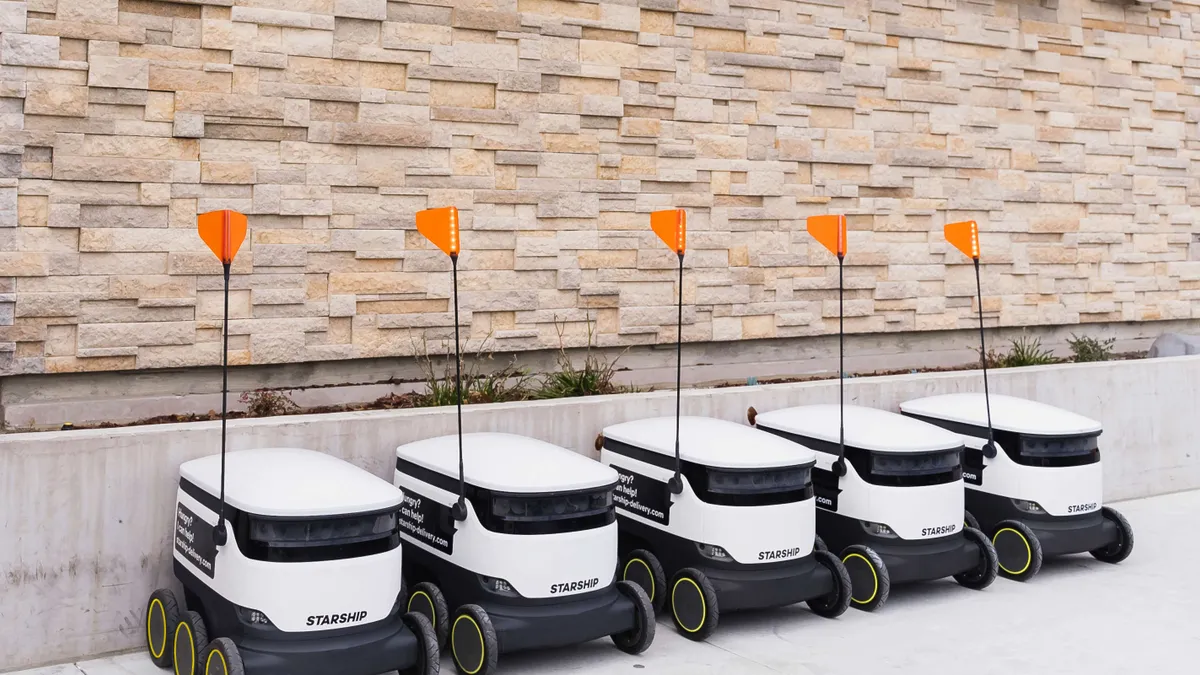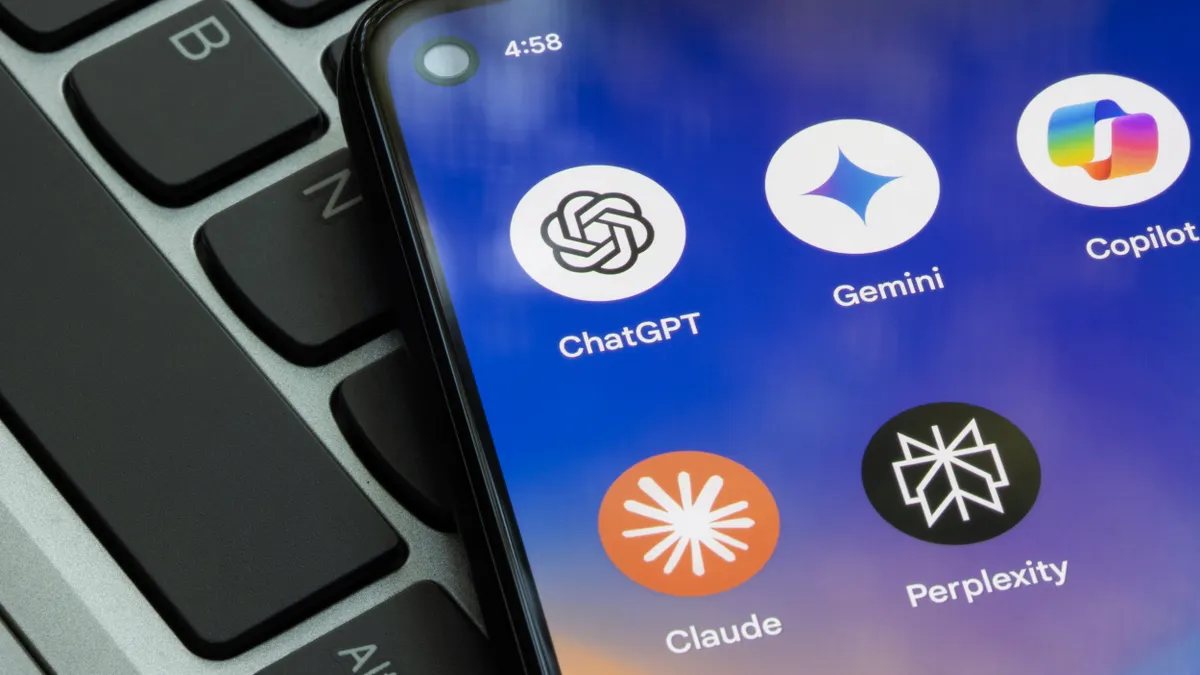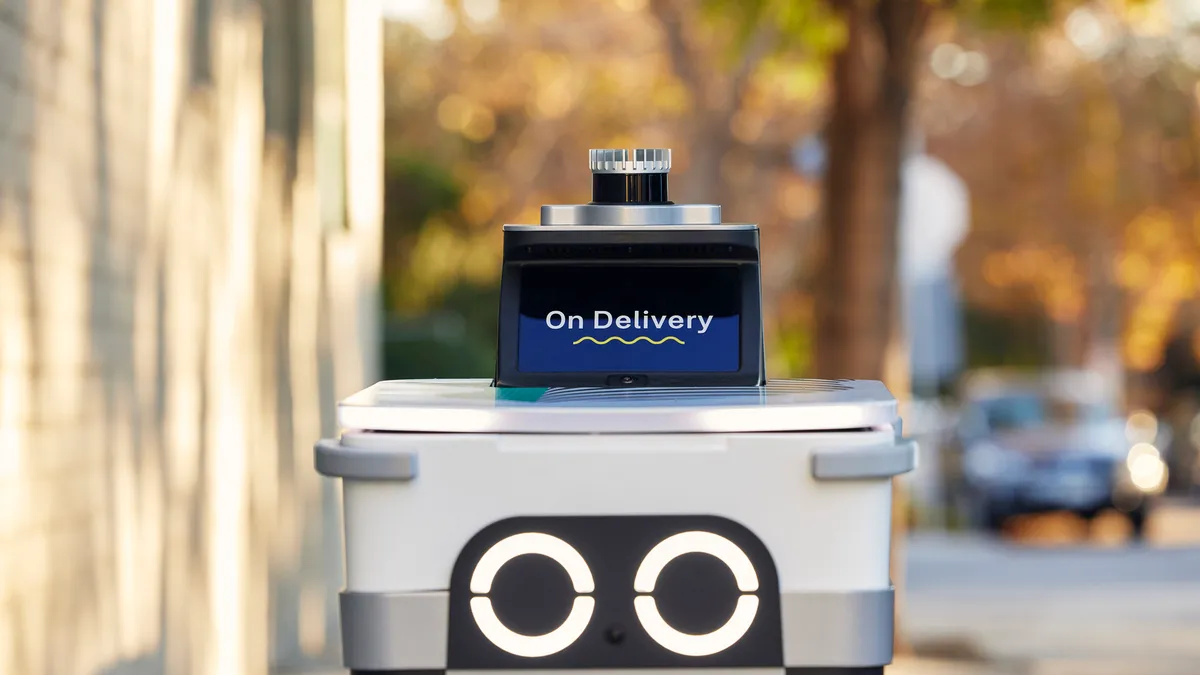With delivery fast becoming a must-have for restaurant chains big and small, operators are adjusting processes and adapting new strategies to tap into the booming business. From Auntie Anne's stepping out of its retail comfort zone to Dunkin's use of geofencing in New York to ensure food is delivered hot, these chains are finding unique ways to capitalize on off-premise opportunities.
Auntie Anne's
Customers typically expect to see Auntie Anne’s in malls or travel centers, but don’t often seek it out in other channels or occasions, Auntie Anne's Growth Initiatives Director Danika Brown told Restaurant Dive.
"One of the biggest barriers to choosing Auntie Anne's is accessibility," Brown said.
Changing consumer mindsets and advertising to show that people can buy Auntie Anne's products in an array of locations has been the biggest challenge to driving awareness so far, Brown said. By driving more awareness around delivery and catering, the brand will become less venue-specific and more experience-based, she said. In June, it offered free delivery via DoorDash for National Best Friend’s Day as part of its new partnership with the delivery provider.
And the strategy seems to be working.
"We're on track to triple off-premise sales this year," she said. "Third-party delivery is the fastest-growing aspect."
Getting its products to new customers has involved some negotiating with its third-party partners. Uber Eats, for example, developed a survey with franchisees to learn the best places for where drivers should park outside shopping malls, which entrance to use and to include very clear instructions on how to pick up the order, she said.
The company is also considering incentives for drivers, such as free pretzels, to make the process more enjoyable, especially since picking up food from a mall can be more difficult, she said.
The company is expected to bring delivery to 80% of its units by the third quarter, she said.
Dunkin'
Dunkin' is using Grubhub/Seamless's geofencing capabilities around its 400 New York City locations to monitor traffic for better delivery times. Grubhub, using POS integration, will offer drivers real-time estimates in terms of how far they are from a location, Seth Priebatsch, Grubhub's head of enterprise, told Nation's Restaurant News. The technology, in turn, will send the orders to the restaurant when a driver is close by so the kitchen can prepare the food and is ready once the driver arrives.
This technology will ensure that customers receive hot food and drinks when they're still warm and that drivers aren't traveling a long distance to deliver food.
While still in pilot stage, delivery will be a big part of the company's off-premise strategy, which includes catering, Brandy Blackwell, Dunkin' Brands director of new business - catering and delivery, told Restaurant Dive in an email.
"Off-premise provides opportunities to reach new consumers and demographics, generate sales during slower dayparts, and increase frequency through incremental purchases," Blackwell said. "In addition to the fact that consumers are demanding more convenience and accessibility from restaurants, the demand for high-quality coffee and espresso drinks also continues to grow. Delivery enables us to fulfill a need (or craving) for our consumers by meeting them in the space they want to be met in."
Shake Shack, which entered into a national partnership with Grubhub this week, will also use this technology.
Blaze Pizza
The fast casual pizza chain is gearing up for a future where a significant amount of orders come from online through delivery or carryout, Blaze Pizza general manager, digital growth initiatives, Daniela Simpson told Restaurant Dive. The company now has pickup shelves and is rolling out drive-thrus in select locations for mobile pickups, she said.
As part of the pickup experience, the chain is looking into including a communal table where there are condiments or a water container for people waiting for their orders, Simpson said.
"As we ramp up the sales on online delivery and pickup there is going to be a lot of traffic coming in," Simpson said. "We're looking at how we make the experience as pleasant for those folks as well."
Since most of the chain's business is still dine-in, it doesn't want to disturb that piece of the business, Robert Kluger, SVP of development, told Restaurant Dive.
Unlike other fast casual chains, like Chipotle, that are having to add second make lines for digital orders, Blaze Pizza built its locations with a second make line in the back of the house from the very beginning with the intention of using that space for digital orders, he said.
"It keeps our process seamless," Kluger said. "The last thing you want is guests getting frustrated or confused."
Fazoli's
Fazoli's, an Italian fast food chain with drive-thrus, has also had success with pickup shelves. Originally, customers had to go to the counter to pick up their to-go orders, but the restaurant soon realized that diners didn't want to converse with staff and preferred to pick up their food and leave, Tim Kimmel, director of company operations, told Restaurant Dive. So the company moved orders closer to the entrance of the restaurant for quicker and easier pickups, he said.
Within the last two years, third-party delivery has taken off at the chain, he said. Pickup, delivery, takeout and catering are growing by 50% and 70% in some locations, he said.
"We're seeing weekly gains [in delivery sales]," Kimmel said.
While much of its sales have shifted to off-premise, the company has added an extra service element for those that dine in, he said. Dine-in customers receive their food on china and employees bus those tables. Customers also get unlimited breadsticks and staff provide shaved parmesan, he said.

















